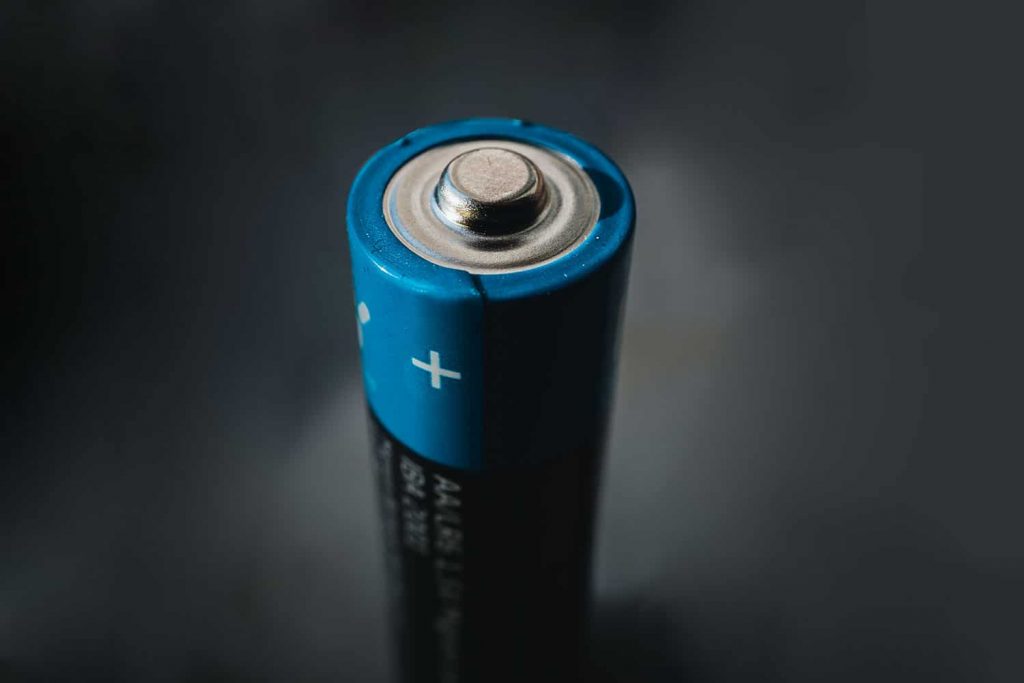
D batteries are somewhat larger than AA or AAA batteries, and even bigger than C dry cells, coming in both rechargeable and primary form. These models that were once referred to as flashlight batteries are easily interchangeable and are in wide use in many domestic and electronic devices. “Dry cell” is a term used to differentiate them from “wet cell” batteries, which are more specialist batteries containing liquid. D Rechargeable batteries have a solid and squat appearance with a shape similar to that of a barrel.
They come with electrical contacts at either end.

Table of Contents
What are D Batteries used for?
They are primarily made use of in high drain applications including the likes of flashlights, paper towel dispensers, radio receivers, automatic odourisers, transmitters and other devices that need an extended running time.
Other common uses for D rechargeable batteries include radio equipment that is able to receive and transmit information, electronic toys, electric motors and megaphones.
Type of D batteries
Primary D batteries can be made from Alkaline, Zinc Carbon, Lithium Iron Disulfide or Lithium, with Lithium Iron Disulfide and Zinc Carbon standing out as those with purely disposable cells. There are rechargeable variants of Alkaline and Lithium, while the rechargeable batteries that come with nominal voltage and pre-determined battery chemistry characteristics are made from Nickel Cadmium and Nickel Metal Hydride.
Voltage
There is a voltage of 1.5 volts in standard D batteries, which is a typical figure for batteries of this nature, with AA, AAA, and C batteries also coming with a voltage of 1.5 volts.
However the current that can be produced by different sizes of D batteries is also important. Voltage is like momentum or pressure and propels current from a battery, with current being the actual produced power. There are a number of electronic devices that may need extra current but do not need extra voltage. Rechargeable batteries also tend to come with a somewhat milder voltage of 1.2 volts.
The average lifespan of D Rechargeable batteries
D batteries are perfect for use with demanding electronic devices because of the high level of current they produce, though the exact amount can vary depending on circumstances including particular brands. However an average D battery should produce a current of around 100,000 milliamps per hour.
An amp is the standard electrical charge unit, with a milliamp being a tenth of an amp. Batteries would last for about 14 hours with a consumption rate of 500 milliamps per hour before needing to be recharged or replaced.
Batteries sometimes come with an “Ah” rating, which stands for “Amp hour”. An Ah rating of 2.5 means that the battery should last for two and a half hours in the event that the rate of drainage is exactly one amp per hour. However power usage in the real world never happens at such a steady rate.
Rechargeable D batteries are much more environmentally friendly as they just need to be plugged into a compatible charger in order to be recharged to be able to be used again, rather than thrown away.





More Stories
TTU Blackboard – A Best eLearning Solution to Get Virtual Training Online from Anywhere
Best mobile number tracker with google map
Prank Call: 10 most hilarious and funny phone numbers to call